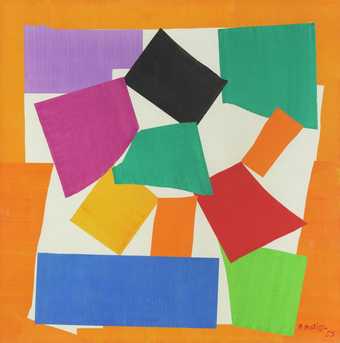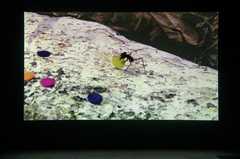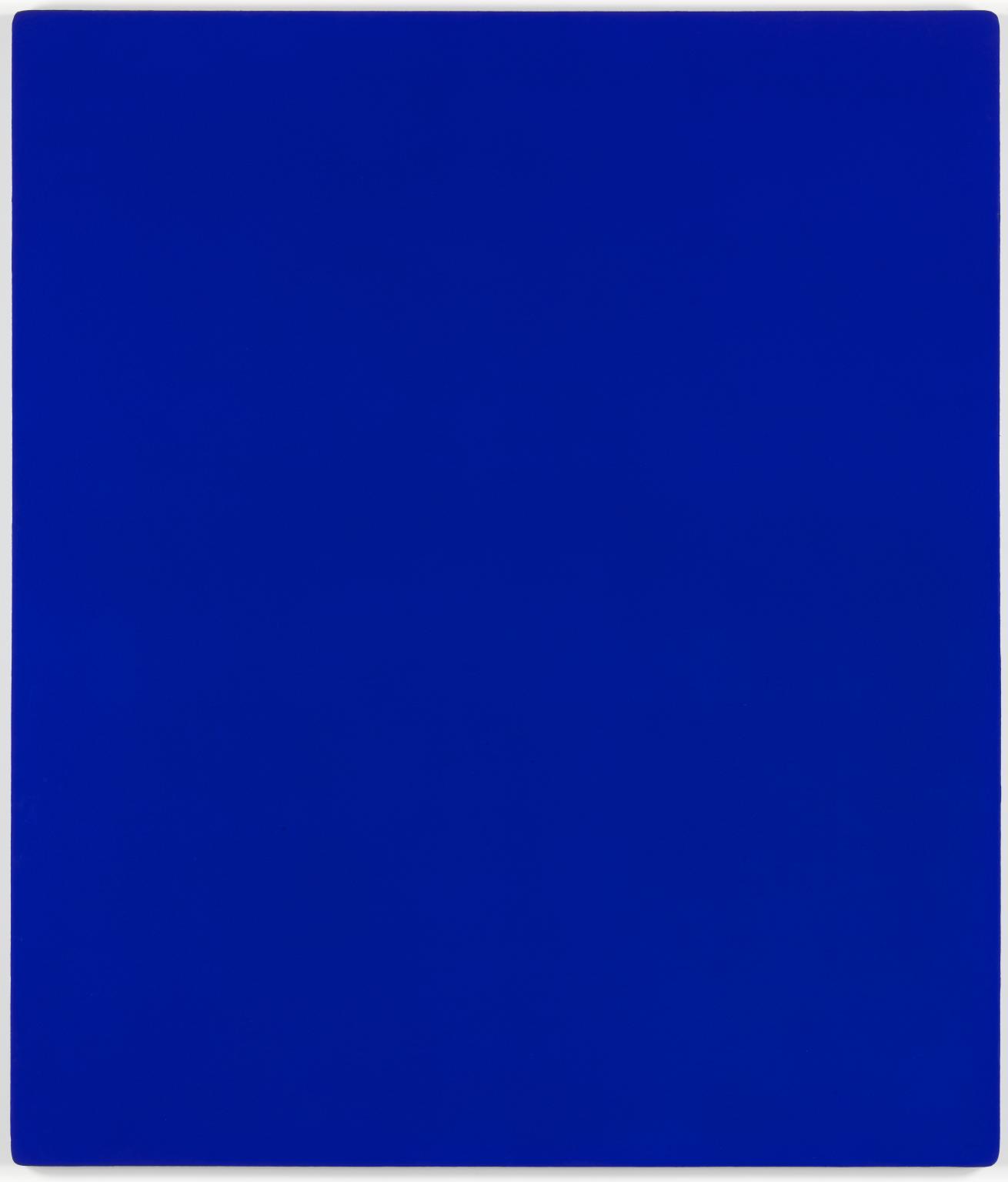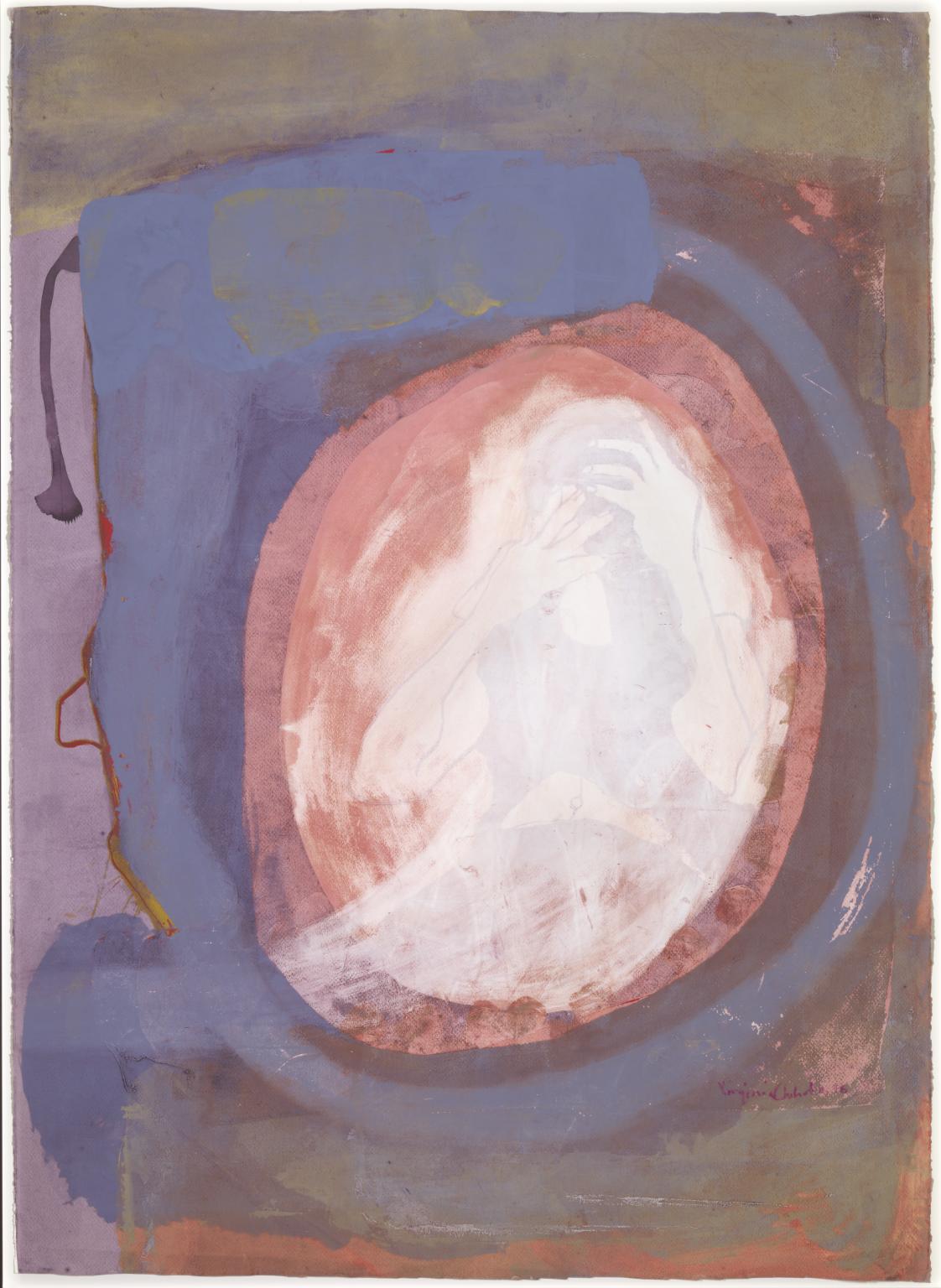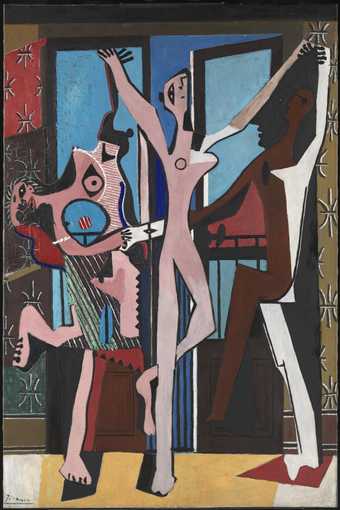Free Display
Start Display
This display introduces you to some of the best-loved artworks in the Tate collection
This display introduces you to some of the best-loved artworks in the Tate collection. Linked by themes such as colour, these rooms with highlight artworks from a range of countries, cultures and times.
2 rooms in Start Display
Highlights
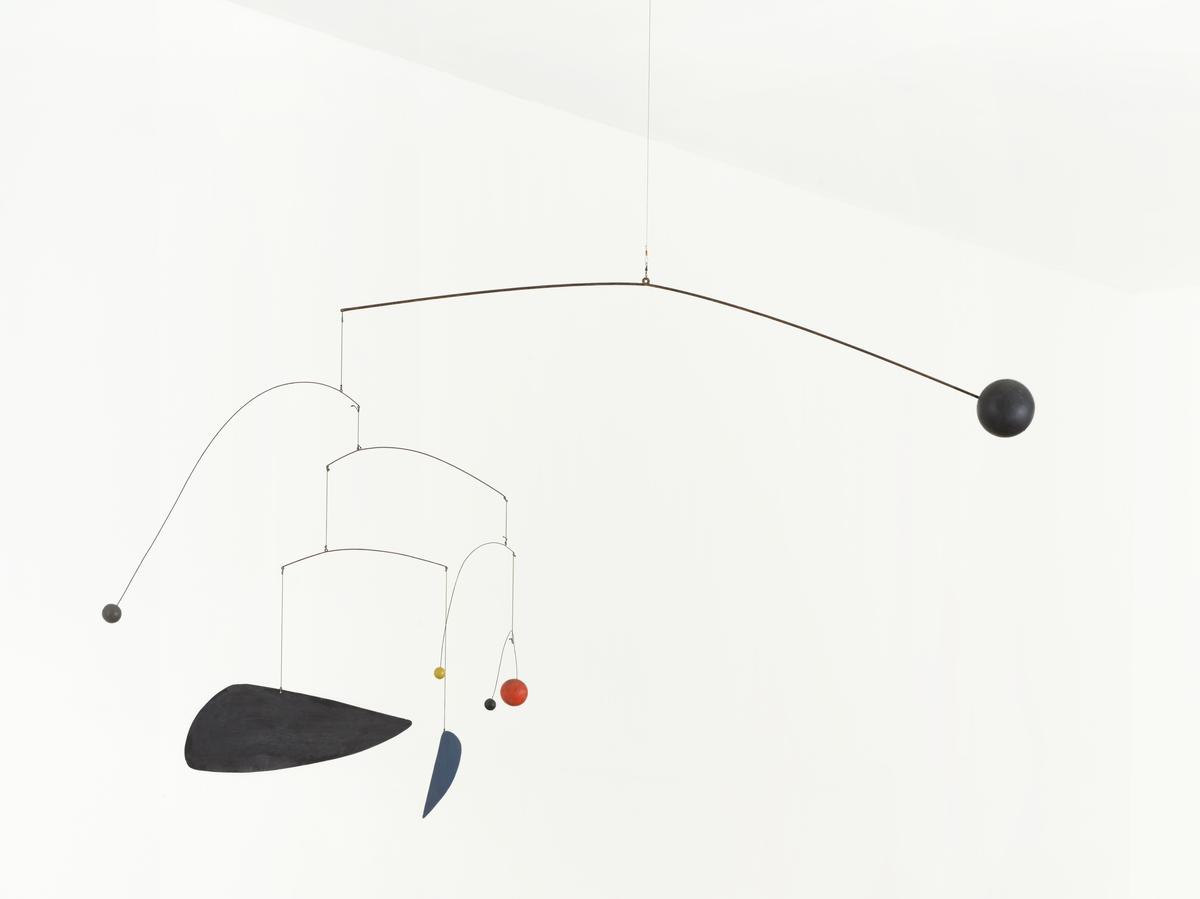
Alexander Calder
Mobile
c.1932
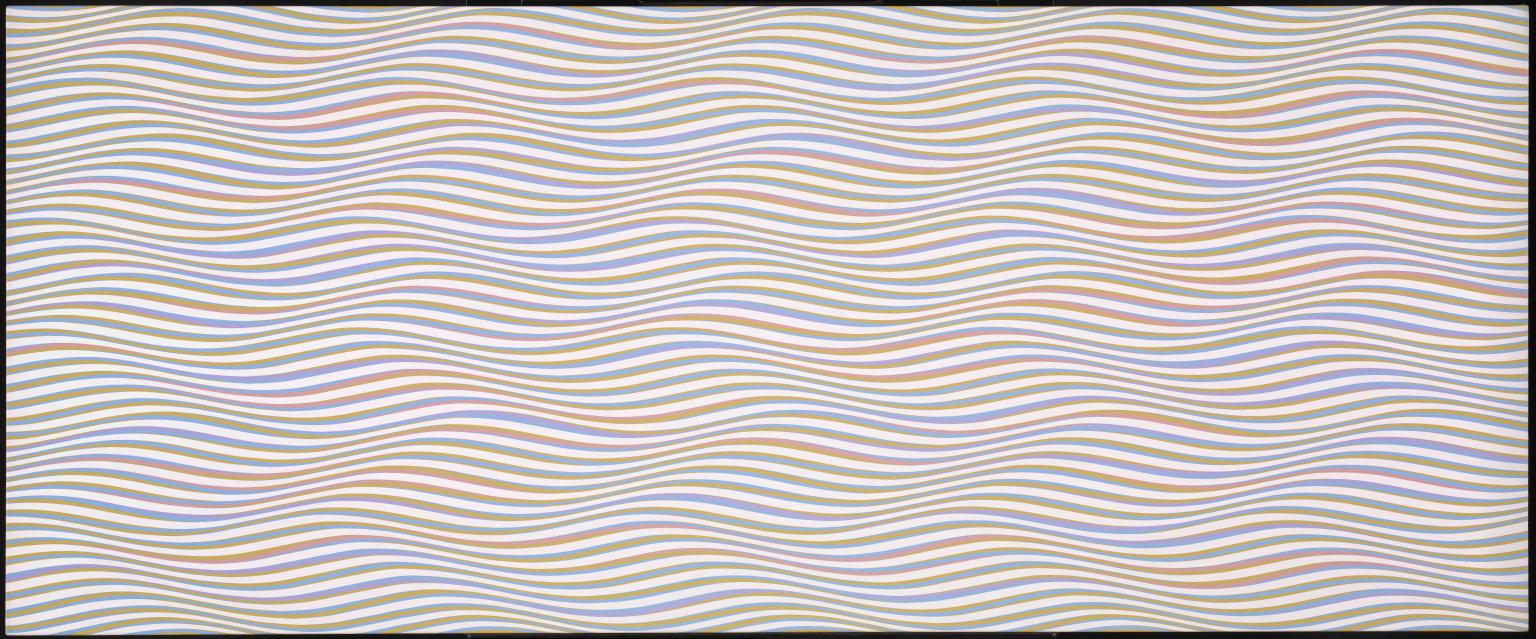
Bridget Riley
To a Summer’s Day 2
1980
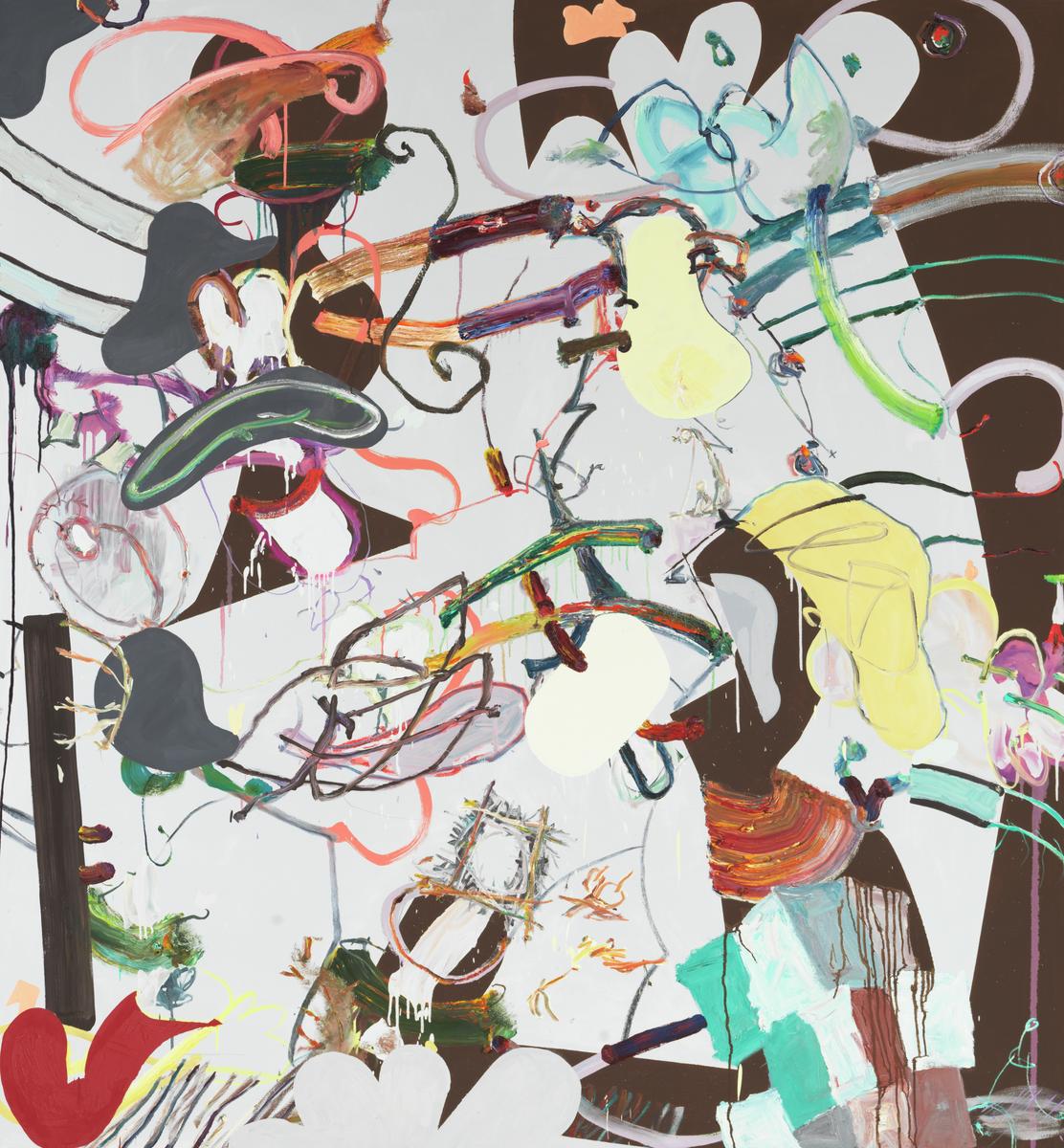
Fiona Rae
Untitled (grey and brown)
1991
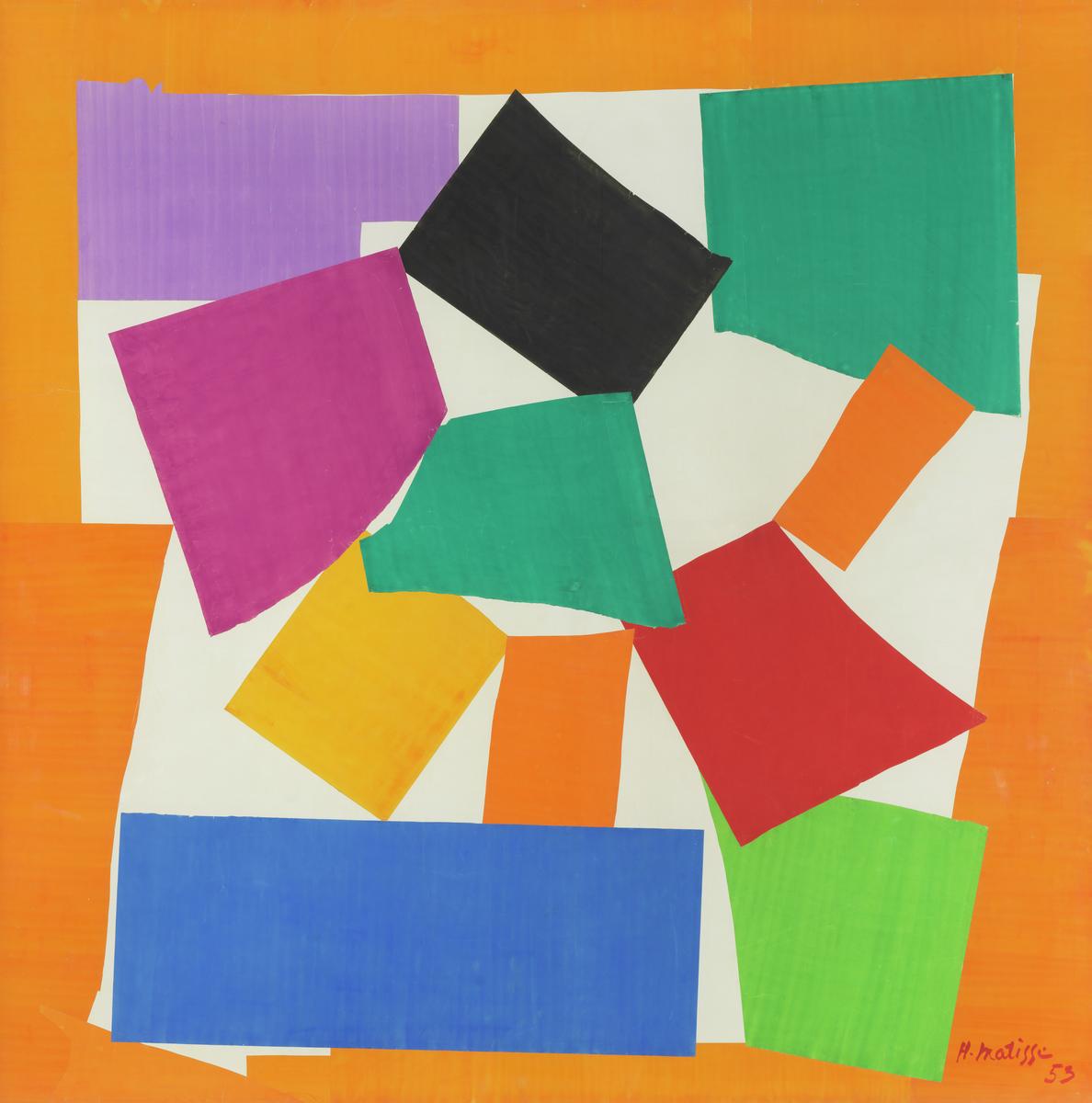
Henri Matisse
The Snail
1953
You've viewed 4/6 highlights
You've viewed 6/6 highlights

